Whytne Stevens
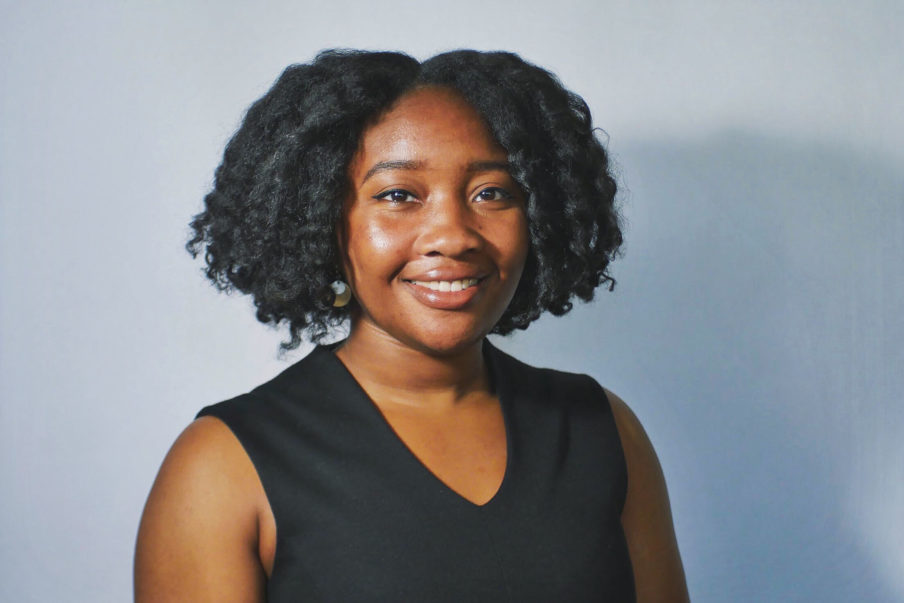
Each figurine sat perched on the head of the screw with their gaze set out into the room. The model was accompanied by a short text that read, “Different heights are in fact different worlds. A new relationship between one and another.” The charm of the model stuck with Stevens and excited a curious mind in her to pursue the richness of art and the built environment.

Sou Fujimoto, Sou Fujimoto Architects Architecture Is Everywhere (2015). Image of Stevens' favorite exhibit from the Chicago Architecture Biennial. Visiting the Biennial inspired Stevens to bring creativity and design to the forefront of her life.
Whytne Stevens
It was after this experience where Stevens reached out to black faculty at her university in regards to her interest in the built environment and preparing her for a masters in architecture degree. Without a formal bachelors of architecture available at the school, her major had to be created to fit the graduate requirements of architectural study and licensure. That major would be art with a focus in graphic design, 3D representation and a minor in urbanism and architectural history. When Stevens began to take classes for her minor, in urbanism and architectural history, she discovered urban planning. Stevens began to incorporate urban planning and urbanism into her art courses. Expressing her academic interest in urbanism and planning through her art was a rich discovery that again, like the Chicago Architecture Biennial, changed her trajectory.
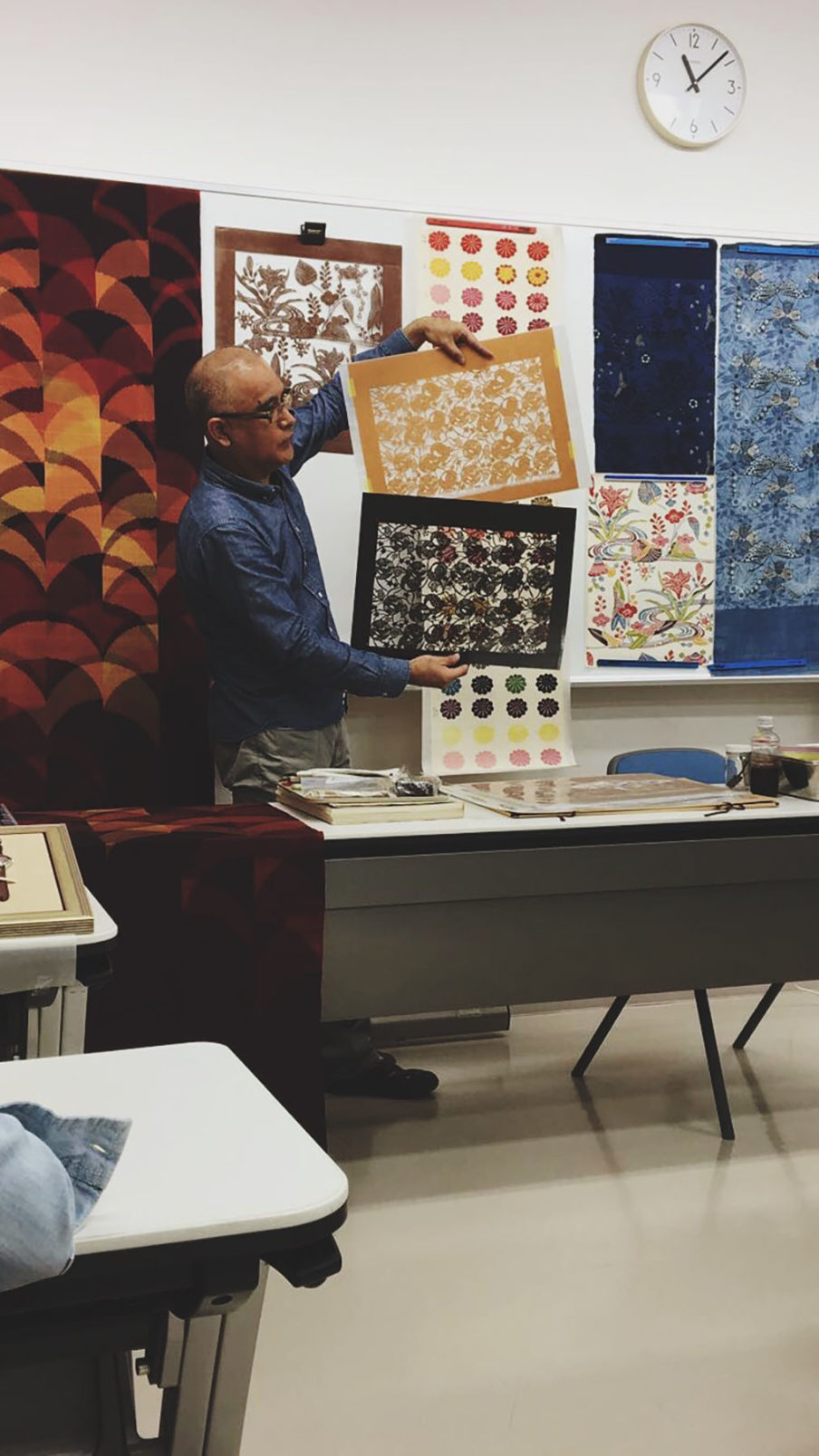
A Professor from Okinawa Prefectural University of Art showing Stevens' study abroad class materials used to make traditional Okinawa bingata prints. Whytne draws a lot of inspiration from Japanese design and aesthetics, particularly in her linocuts.
Whytne Stevens

Stevens' urban narratives installation for her print media course displayed for a crit. The installation was a deconstructed book, and wrote from the perspective of a fictional city wanting to document a snapshot of everyday life. Since completing this project, Stevens wonders how cities can utilize more creative approaches to explore ideas surrounding narrative urbanism.
Whytne Stevens
Whytne began experimenting in printmaking by making fictional cities through overlaying of photographs, maps, and text. She explored this further in Mumbai, while abroad, studying the laundry district in the city. Using her own photography and printmaking techniques she created 3D CMYK screenprints for her studio. When 3D glasses are used on the images the urban district rises off the print and engages the viewer.
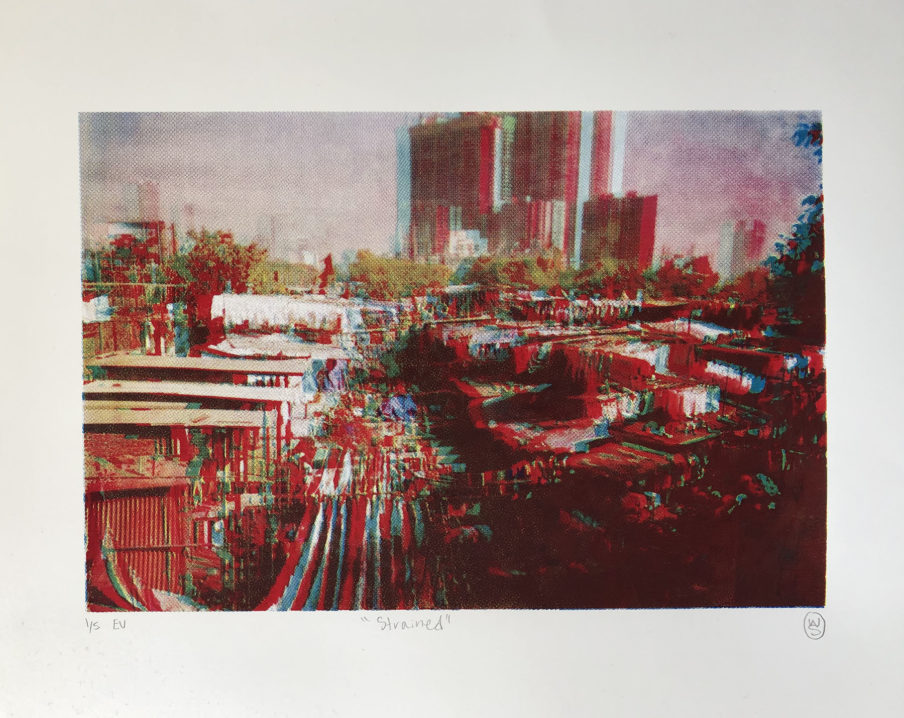
Strained. 3D CMYK Screenprint on Bristol Board. One of the many screenprints Whytne made during her senior year on the topic of place and urbanism. The image is of the Laundry District in Mumbia, where Stevens traveled to for a studio. She felt inspired by the urbanism of Mumbai and explored it graphically using a simple CMYK pallet to render the urban district three-dimensionally.
Whtne Stevens
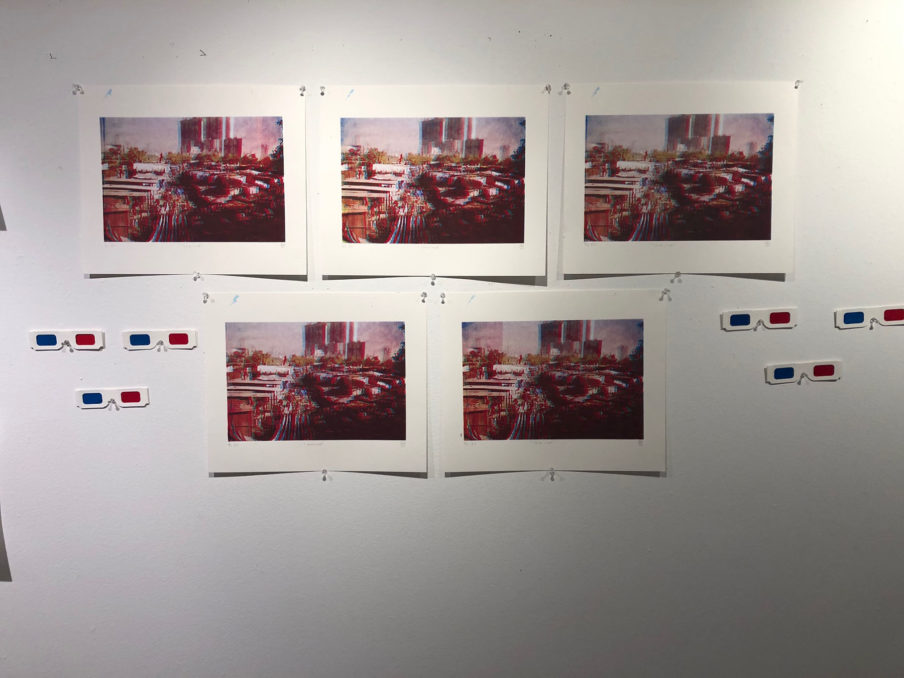
The Project at Review. Strained. 3D CMYK Screenprint on Bristol Board.
Whytne Stevens
Stevens appreciated these moments of combining artmaking with her studio engagements and particularly enjoyed exploring different mediums such as web art, photography, and model making. It were these engagements with art and the built environment that shifted Stevens’ understandings of her interests but her professional journey was certainly augmented these pivotal moments.
The summer of her junior year at DePaul University Stevens worked as an intern for HKS Architects in Dallas,TX. At the moment, Steven’s was still beginning to understand the distinction between her appreciation of architecture and her interests in urban planning. For Whytne being able to work on master planning the new stadium for the Football Club de Nantes, solidified her interest in urbanism and strategic planning. Her tasks were to research ways to activate the site given the community context surrounding the stadium. The analytical approach, attention to details, and involvement in understanding site context combined a lot of her interests and technical skills.
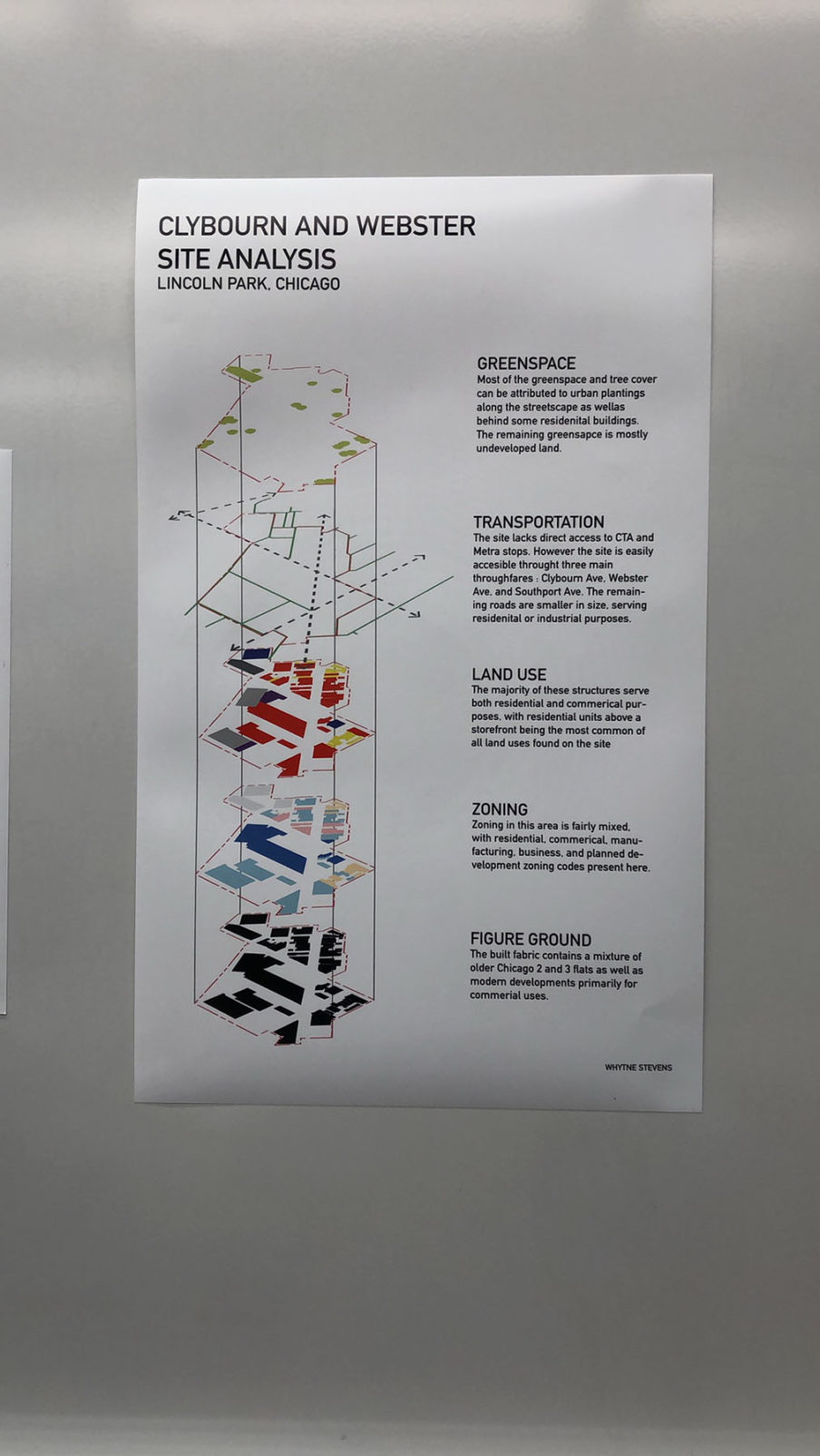
Clybourn and Webster Site Analysis. 2019. Inkjet Print on matte roll paper.
A draft of project Stevens displayed in a progress studio showcase for her Urban Design course. The project is of a site analysis on a typical six corner intersection in Chicago. Stevens won the Le Corbusier award, which came with a copy of Junkspace by Rem Koolhaus and $100.
I think what makes design exciting are the possibilities not just for its aesthetics but also its uses and the impact it can have on people. Now more than ever it seems that people are using design in the most interesting ways and as a way to solve many of today’s societal issues. For me design is important because it truly does impact our lives and how we move through the world, whether we realize it or not. I think for those of us who are more privy to design, we can recognize both terrible design and design that works really well. Being able to recognize those two things really helps designers better solve issues and make lives better for ourselves and others.
Whytne Stevens
An additional experience working in real estate development in Dallas allowed her to understand the role developers play in impacting the future trends of city development. A specific individual working for 42 Real Estate, spoke with Stevens about how real estate development should be viewed as a delicate process, and when done from an informed perspective can actually advance goals of equity and authentic community development efforts. This led her to pursue an internship with the Real Estate Council and worked on the Dallas Catalyse Project and Community Driven Growth Project funded by the JP Morgan Chase PRO Neighborhoods grant. It was at this complex intersection of real estate and neighborhood development where Stevens felt uniquely empowered to showcase her abilities. Taking all this with her, Stevens now works at the CityLab High School where she connects students to meaningful professional experiences through internships, mentorships, and job shadowing opportunities.
Education
Stevens is the first of many more rising designers to join the Design Nexus. The African American Design Nexus is a project specifically about visibility. We want African and African American Designers to be seen and to be heard so reach out to the Design Nexus and submit yourself or a designer you want to see on the Nexus. For urban planning, landscape architecture, and architecture obtaining a bachelor’s degree is only second to licensing and professionally accredited graduate education. It’s in these formal educational spaces where the opportunity for mentors between practitioners and students happen.